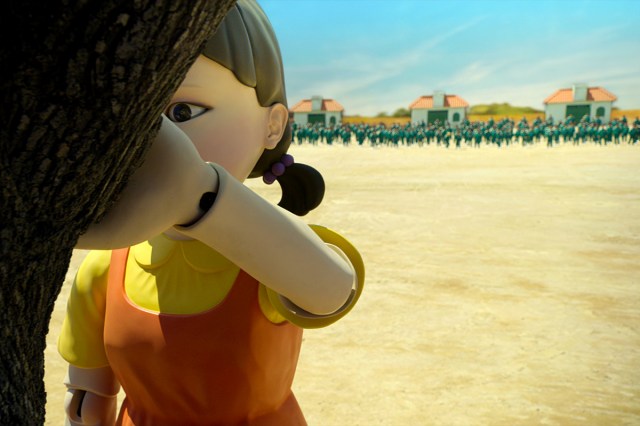
TL;DR
- Independent creative studio Nice Shoes delves into the relationship between color and narrative, exploring its applications for storytelling, communication and brand-building.
- Color is one of the fundamentally human ways in which we experience the world, functioning biologically and culturally; storytelling is the other.
- There is an innate link between color and our perception of characteristics, such as the stimulating effects of orange and red and the calming effects of green and blue.
READ MORE: Multichromatic: How Color Can Help Transform the Success and Effectiveness of Creativity (Nice Shoes)
“If the question is how you want your audience to feel, color can give you the answer,” says Phil Choe, a senior colorist at New York’s Nice Shoes.
The link between color and human psychology is well known to filmmakers and the advertising industry. A new white paper released by independent creative studio Nice Shoes highlights research showing the extent to which it can transform the success and effectiveness of creativity.
“As well as influencing our moods, color has a habit of reflecting our mental state. Throughout history, it’s provided a fascinating glimpse into our cultural psyche,” the paper states.
Referencing films and TV show ranging from Natural Born Killers and Midsommar to Euphoria, Marriage Story and Atomic Blonde, it explains how color dictates human behavior and psychology, how it can be used as a tool for storytelling, the trends which are driving innovation in the art of color today, how color defines culture, and the best practices for getting the most out of color when on-set.
“Whether you are joyful, grieving, relieved or anxious, color has always played an important role in the fabric of our lives,” says Phil Choe, a senior colorist at Nice Shoes. “There’s no question that this is translating over into the digital worlds which are at the forefront of modern culture. The ability to set the tone of those worlds begins with color.”
For example, scientists have noted that warm-colored placebo pills are more effective than those colored blue or white. Conversely, blue-colored streetlights have been linked to a reduction in both crime and suicide rates.
According to researchers, this is because of an innate link between color and our perception of characteristics. For example, we see orange and red as “stimulants” whereas green and blue are more likely to be considered as “calming” colors.
“And so it’s not only creativity that relies on color: All forms of communication do,” states the paper. “The link between color and human psychology is so established that any communications strategy must utilize its power.”
There’s even science behind this. Research shows that the right hemisphere of our brain deals with vibrant, warmer colors whereas the left side ‘prefers’ sharp imagery standing out in front of more dulled backgrounds.
For Orlando Wood, chief innovation officer at System1, who contributed to the paper, these are troublesome findings.

“Unfortunately, my sense is that we are living through a cool kind of cultural darkness, or something of a permafrost in imagery,” he says. “Think of the work which has caught the cultural zeitgeist in the past ten years or so — Scandinavian noir dramas, for example, or Squid Game last year. The color tends to be either sharp or cold, with not a lot of warmth around.”
Wood says, “My contention is that our culture has been speaking so prominently to the left brain for so long now that we’ve neglected our right brains. We are missing those warmer colors to which we know, for example, audiences respond more positively in advertising.”

